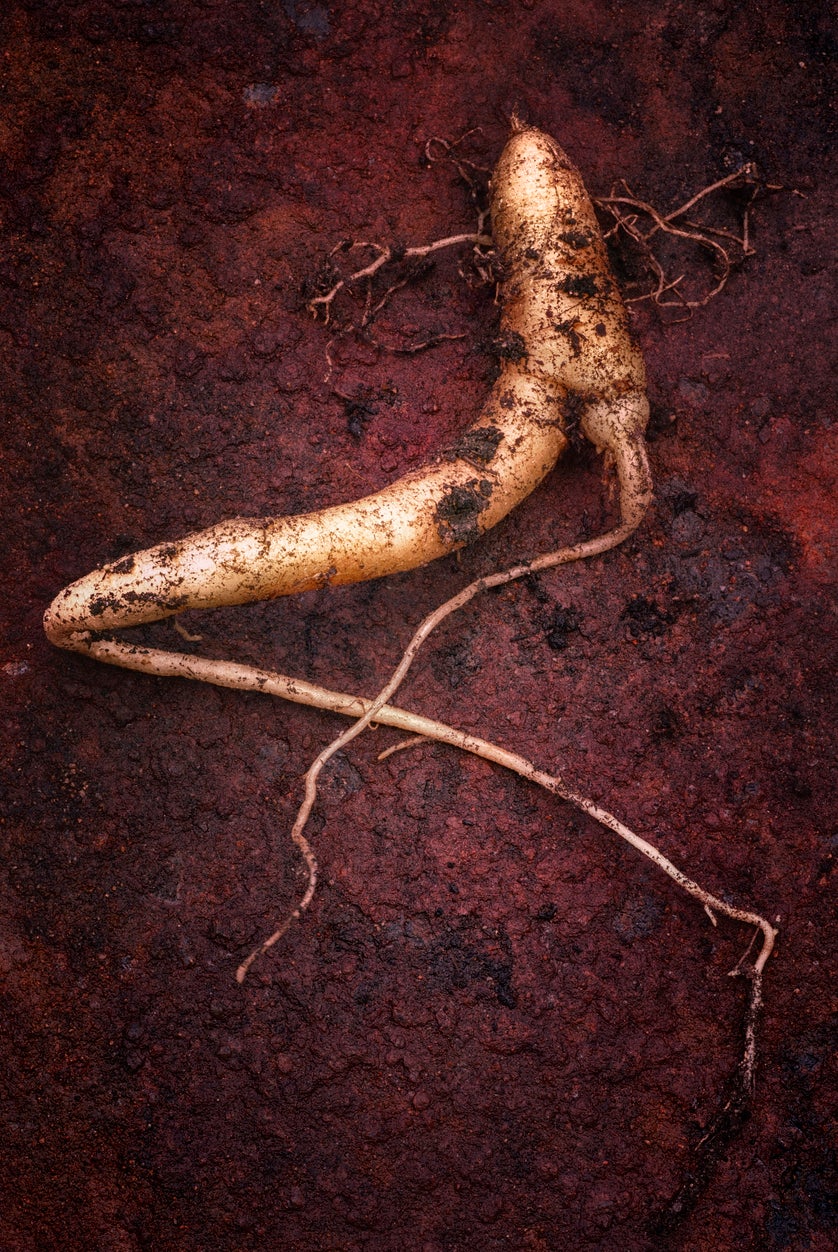Mandrake Propagation Guide – Tips For Growing New Mandrake Plants


Mandrake is one of those magical plants that turns up in fantasy novels and spooky fables. It is a very real plant and has some interesting and potentially scary properties. Growing new mandrake plants is quickest from roots or offsets, but you can also start them from seed. Propagation of mandrake from seed can be a little tricky unless you know a couple of crucial tips. Continue reading to learn how to propagate mandrake.
About Growing New Mandrake Plants
You don’t need to be a Harry Potter fan to appreciate the much storied mandrake plant. It is a member of the nightshade family and its root is the part primarily used. While all parts of the plant are poisonous, it was once used in medicine, mostly as a pre-surgery anesthesia. It is rarely used today due to the dangers but it is a fun and interesting plant to grow. Mandrake propagation takes a little time, but once you have a mature plant, you have a unique piece of medical history.
Mandrake is a native Mediterranean plant and prefers temperate conditions. It is hardy to USDA zones 6 to 10 in a full sun situation. Due to the plant’s long forked roots, soil should be well loosened and draining to a depth of at least 3 feet (1 m.).
Like most root crops, mandrake does not like to be disturbed, so it is best to plant it directly outside in a prepared bed. If you start the plants indoors and transplant them out, use a good transplant fertilizer to help them recover. The planting bed should be rich in organic material and able to hold moisture but not become boggy.
How to Propagate Mandrake from Roots
The quickest way to get new plants is from roots. Take roots from mature plants that are at least three to four years old in late winter when the plants are not actively growing. Dig around the plant and remove a large healthy piece of root.
Pack soil around the in-ground remainder of the plant, trying not to disturb the retained root. Take the harvested root and bury it in a prepared bed or a damp container of sand. Keep weeds out of the site and water just enough to keep the top few inches (8 cm.) of soil moist.
In a short while, the root will send out shoots and leaves. It won’t be ready to harvest for several years, but you can enjoy its pretty spring flowers in the meantime.
Sign up for the Gardening Know How newsletter today and receive a free copy of our e-book "How to Grow Delicious Tomatoes".
Propagation of Mandrake with Seeds
In their native habitat, mandrake seeds experience cold winters which help force germination. This is called stratification and will have to be replicated with your seed. Mandrake propagation from seed will not germinate without this cold experience.
Store seeds for at least three months in the refrigerator prior to planting. Alternatively, northern gardeners can sow the seed in prepared beds in fall. Seeds will naturally experience the cold. Seeds sown indoors will germinate 14 days after planting.
Keep the soil moist and weed free. The biggest pests may be snails and slugs snacking on young rosettes. Expect flowers and berries in the second year. Harvest roots when plants are four years old.

Bonnie Grant is a professional landscaper with a Certification in Urban Gardening. She has been gardening and writing for 15 years. A former professional chef, she has a passion for edible landscaping.